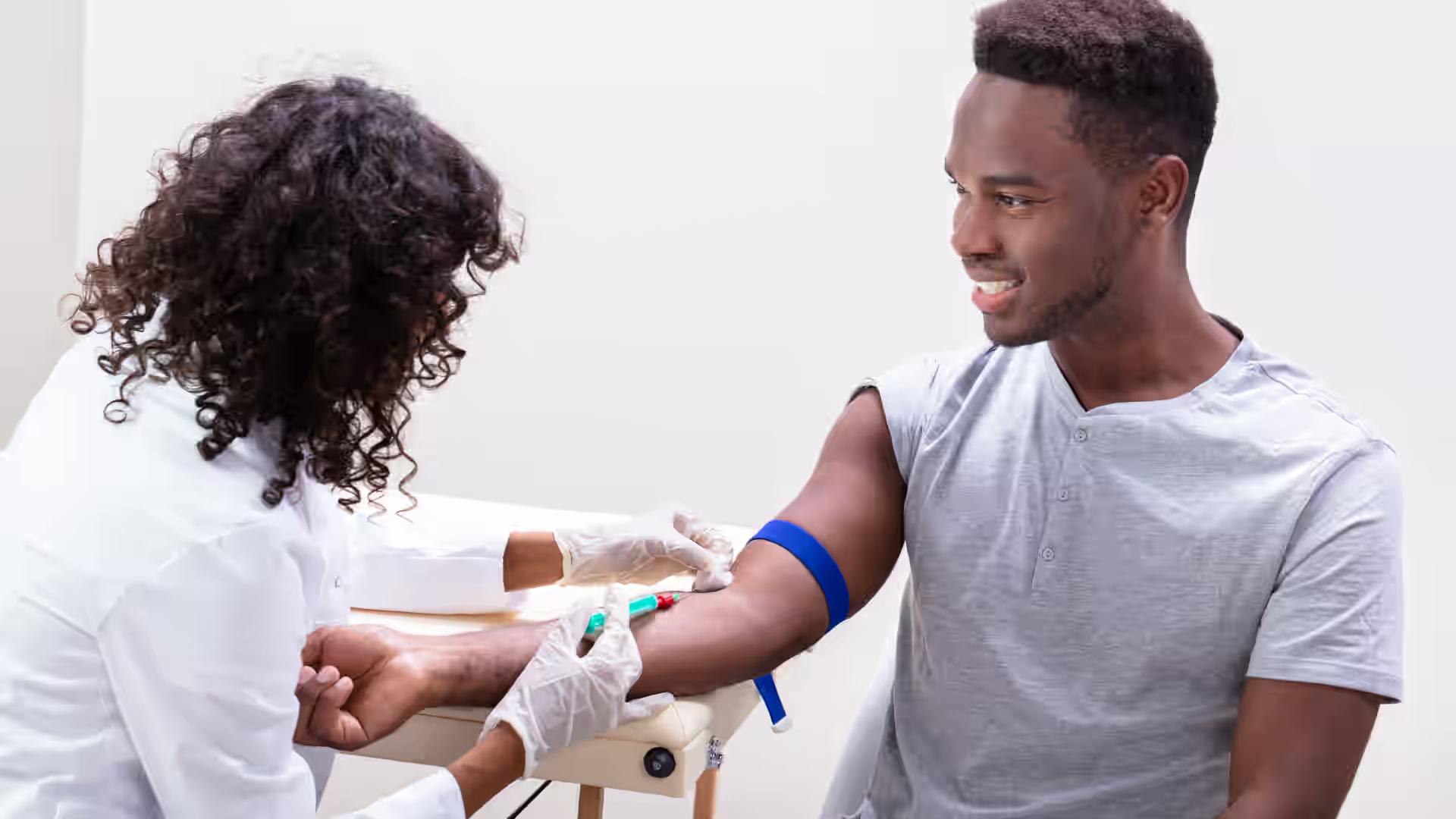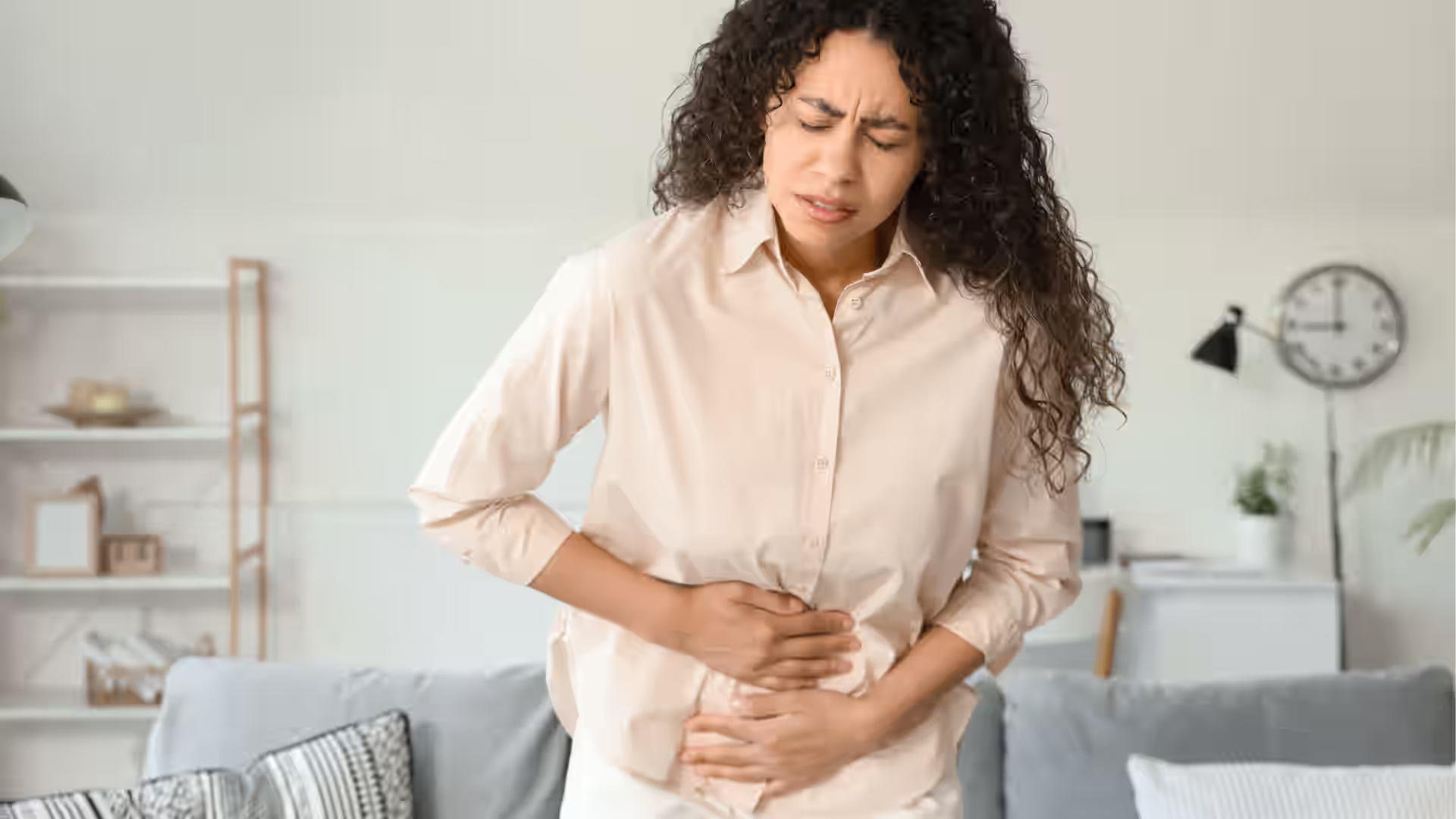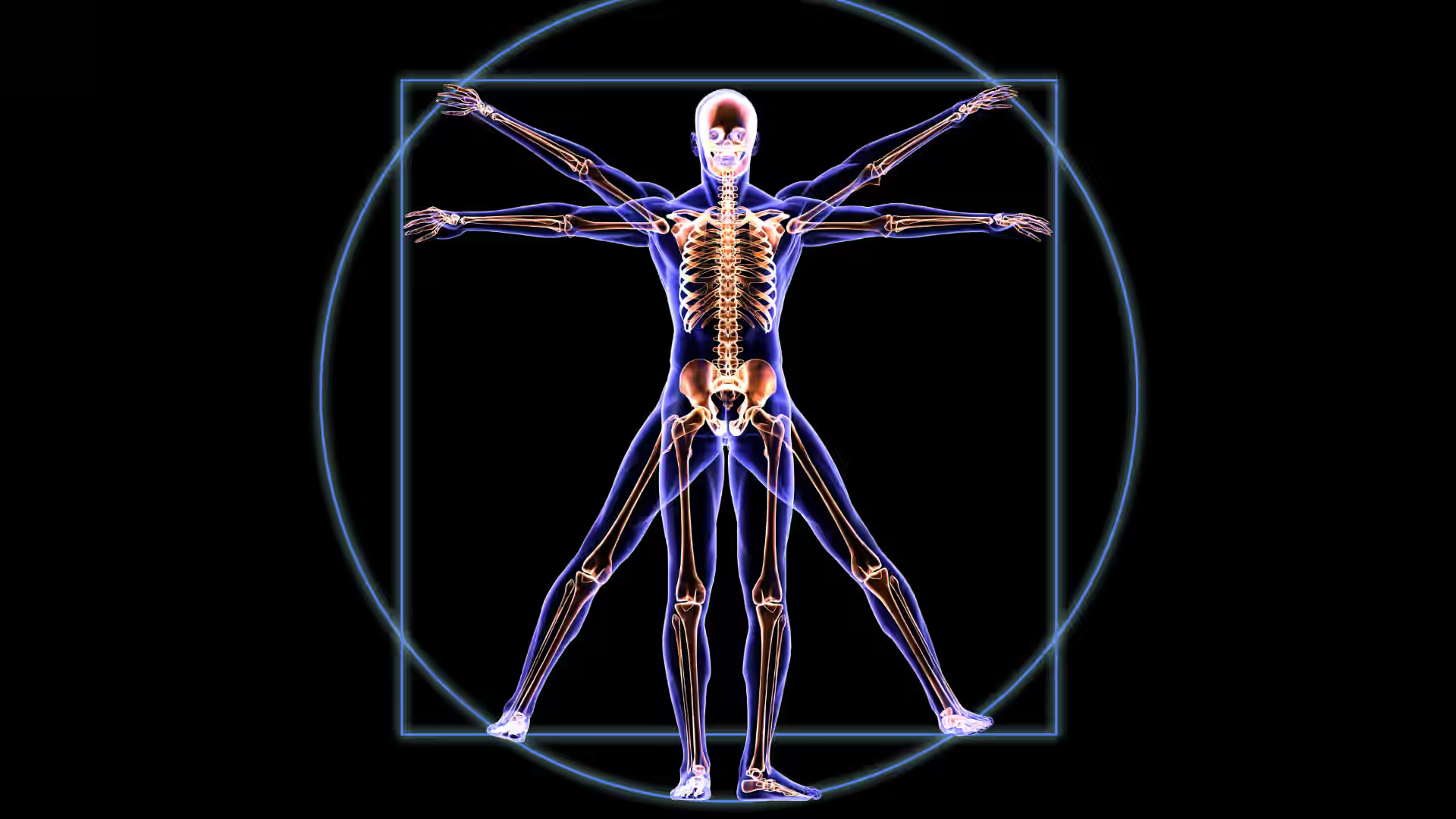The onset of menstruation can trigger discomfort, but for some, it results in debilitating pain. Severe menstrual cramps, also known as dysmenorrhea, affect as many as 84% of menstruating women. They can be so intense that they interfere with work, school, and social activities and lower quality of life.
If you dread the calendar every month, knowing the painful symptoms that await, this guide is for you. We'll explore the "what," "why," and "how" of severe menstrual cramps – what causes them, how they affect your life, and the treatment options available to help you find relief.
[signup]
Understanding Severe Menstrual Cramps
Dysmenorrhea is the medical term used to describe painful menstrual cramps that occur before and during a period.
What Are Severe Menstrual Cramps?
A normal level of discomfort during a period is mild cramping in the lower abdomen that doesn't significantly interfere with daily activities.
Dysmenorrhea, on the other hand, is characterized by intense and persistent pain in the lower abdomen that begins at the onset of menstrual flow (or shortly before) and lasts up to 72 hours. This pain can be so debilitating that it keeps some women from being able to perform everyday activities for several days every month.
The pain may also travel to the back or down the back of the legs, in addition to being accompanied by other symptoms like:
- Fatigue
- Diarrhea
- Nausea
- Bloating
- Headaches
- Dizziness
- Sleep issues
Types of Dysmenorrhea
- Primary Dysmenorrhea: Painful menstrual cramping that occurs in the absence of an underlying medical problem. It usually begins within three years of a woman's first menstrual cycle.
- Secondary Dysmenorrhea: Menstrual pain caused by an underlying medical condition. Symptoms typically occur immediately after the onset of menstruation or develop later in life.
Why Do Severe Menstrual Cramps Happen?
A menstrual period is the shedding of the uterine lining (called the endometrium). As this happens, the cells in the lining release substances called prostaglandins (PGs), which cause the uterus to contract. The force of muscle contractions is proportionate to the amount of PGs released; having excess PGs causes the uterine muscles to contract too hard and cuts off blood flow to the uterus, making cramps more painful.
The most common cause of secondary dysmenorrhea is endometriosis (a condition caused when tissue similar to the lining of the uterus grows outside of it). Other causes include:
- Ovarian Cysts: Fluid-filled sacs that grow on or within an ovary
- Uterine Polyps: Fleshy, noncancerous growths attached to the uterine lining and grow into the uterus
- Uterine Fibroids: Noncancerous growths that grow in and on the uterus
- Adenomyosis: The lining of your uterus grows into the muscle of your uterus
- Pelvic Inflammatory Disease (PID): A bacterial infection that begins in the vagina and travels up the reproductive tract to spread to other organs like the uterus, fallopian tubes, and ovaries
- Müllerian Malformations: Structural defects of the female reproductive tract
- Pelvic Adhesions: Fibrous bands of scar tissue that form between the pelvic organs
- Cervical Stenosis: A narrowing of the cervix
If you suspect you have any of these conditions, it's important to consult with a healthcare provider for proper diagnosis and treatment.
How Severe Cramps Impact Daily Life
The impact of severe menstrual cramps goes far beyond physical discomfort. These cramps can interfere with nearly every aspect of life, from emotional well-being to social life.
Many people with severe menstrual cramps find it challenging to perform regular tasks such as working and attending school. Research shows that dysmenorrhea is a leading cause of missed school and work among young females, resulting in a loss of 600 million hours of work and costing the United States $2 billion every year.
Diagnosing Severe Menstrual Cramps
Primary dysmenorrhea is diagnosed clinically based on a patient's history and physical exam findings. Primary dysmenorrhea should be suspected in patients who describe:
- Lower abdominal or pelvic pain with or without radiation to the back or legs
- Initial symptom onset 6-12 months after their first period
- Pain lasts 8-72 hours and occurs at the onset of menstruation
Medical Tests and Diagnosis
Patients who are suspected of having secondary dysmenorrhea are often referred to a gynecologist for additional diagnostic testing and imaging, which may include:
- A pelvic exam
- Sexually transmitted infection (STI) testing
- Pelvic ultrasound
- Magnetic resonance imaging (MRI)
- Laparoscopy (a minimally invasive surgical procedure to examine and treat organs and tissues in the abdomen and pelvis)
Managing and Treating Severe Menstrual Cramps
If you struggle with severe menstrual cramps, you're probably wondering, "What do I do about it?" The good news is that many available treatment options can help reduce menstrual pain and cramping.
Treatment options can vary based on individual circumstances, and it is always advised to speak with a doctor to discuss the most effective and safest option(s) for your particular case.
At-Home Remedies for Immediate Relief
- Heat Therapy: Research suggests that local heat, such as a heating pad applied to the lower abdomen, may be as effective as nonsteroidal anti-inflammatory drugs (NSAIDs) in reducing pain.
- Acupressure: Self-acupressure (the application of pressure to certain points on the body) has been shown to significantly reduce menstrual pain intensity, duration, and use of pain-relieving medications over a three-month period.
- High-Frequency Transcutaneous Electrical Nerve Stimulation (TENS): A TENS unit is a small device that delivers electrical current at or near nerves to block pain. Positive outcomes associated with using TENS for primary dysmenorrhea include reduced pain intensity, prolonged duration of pain relief, and reduced use of NSAIDs.
- Ginger: Studies have shown that taking powdered ginger for the first 3-4 days of a period can suppress prostaglandin synthesis, helping to reduce menstrual pain as effectively as ibuprofen.
Over-the-Counter and Prescription Options
A Cochrane review concluded that there is strong evidence supporting the use of NSAIDs (e.g., celecoxib, ibuprofen, naproxen) as the first-line treatment for primary dysmenorrhea. Compared to placebo, NSAIDs were nearly 4.5 times more effective for managing pain.
NSAIDs should be taken 1-2 days before the onset of a period and can be continued on a regular dosing schedule throughout the first 2-3 days of bleeding. No single NSAID is more effective than the others.
Patients should be aware of the substantial risk of potential side effects associated with NSAIDs, including:
- Gastrointestinal: nausea, vomiting, indigestion, intestinal ulcers
- Neurological: headache, drowsiness, dizziness, and dry mouth
- Hematological: increased risk of bleeding
Combined estrogen-progestin oral contraceptive pills (OCPs) can also be considered as a first-line treatment for patients with primary dysmenorrhea who desire contraception or who have contraindications to NSAIDs. They can also be used in combination with NSAIDs for added benefits. They work by thinning the endometrial lining and reducing PG production.
Possible side effects associated with OCPs include:
- Irregular bleeding
- Headaches
- Nausea
- Increased risk of high blood pressure, blood clots, heart attack, and stroke
- Nutrient deficiencies
Long-Term Medical Treatments
In some scenarios, surgical options may be recommended to treat underlying medical conditions (such as endometriosis) or to treat symptoms that don't respond to first-line medical therapies:
- Laparoscopic surgery to remove endometriosis lesions from the pelvis and affected organs
- Presacral neurectomy is a surgical procedure where the surgeon removes or cuts the group of nerves (presacral plexus) that conducts pain signals from the uterus to the brain to reduce chronic pelvic pain.
- Laparoscopic uterosacral nerve ablation (LUNA) is a surgical procedure that destroys nerves in the uterosacral ligaments to treat chronic pelvic pain.
Lifestyle Adjustments for Long-Term Relief
Given that certain modifiable factors increase the risk of dysmenorrhea, it's reasonable to think that making lifestyle changes can help reduce the severity or frequency of menstrual cramps.
Nutrition and Supplements
Dietary interventions should focus on anti-inflammatory dietary principles to reduce inflammation and prostaglandin synthesis. Dietary patterns and habits that have been linked to a higher incidence of moderate-to-severe dysmenorrhea include:
- High consumption of refined grains, processed meats, animal fats, sugar, and fast foods
- Regular consumption of caffeinated beverages
- Skipping meals
According to one study, people who ate an anti-inflammatory diet, defined as one composed mainly of vegetables, fruit, whole grains, and legumes, were more likely to experience less menstrual pain than those who ate a pro-inflammatory diet.
There is also clinical evidence to suggest that taking the following supplements can reduce menstrual pain:
Mind-Body Approaches
According to one study, the risk of dysmenorrhea was more than double in women who report high stress compared to those with low-stress levels.
Mind-body therapies help foster relaxation and improve the body's response to stress, which can effectively lower overall stress levels. Evidence suggests the following mind-body practices can alleviate menstrual cramps:
Building a Support System
Dysmenorrhea can negatively impact social life by causing individuals to miss out on social events and straining relationships with friends and family. The physical and emotional toll of chronic pain can create feelings of isolation and loneliness, which, in turn, can worsen the pain experience.
Here are tips to foster strong social connections and open communication:
- Talk openly with friends and family to help them understand what you're going through and why you might need support.
- Tell people if you need time off from social events or extra care when your symptoms are particularly bad.
- Communicate when you're unable to participate in activities due to pain, and explain why.
- Ask for extra help and support when needed.
- Look for online or in-person groups where you can connect with others who are going through similar experiences.
- Establish a relationship with a professional counselor who can help you process the emotional aspects of dealing with chronic pain and improve your coping strategies.
When to Seek Professional Help
To track the severity and frequency of symptoms, consider using a menstrual tracking app or a pain diary to monitor changes over several months. When symptoms persist, worsen, or interfere with daily activities – it's time to talk to your doctor.
Symptoms to Watch Out For
Here are some red flags that your menstrual pain could be secondary dysmenorrhea:
- Symptoms begin immediately after first menstrual period or later in life (after age 25)
- Pain lasts longer than usual or begins earlier than expected
- Pain becomes progressively worse over time and interferes significantly with work, school, or social activities
- Abnormal uterine bleeding, including heavy menstrual bleeding, passing large blood clots, or mid-cycle bleeding
- Abnormal vaginal discharge or cervical mucus
- Infertility
- Family history of endometriosis in first-degree relatives
- Symptoms do not improve with NSAIDs or OCPs
Building a Care Plan with Your Doctor
You can participate in building an open, collaborative relationship with your doctor by being prepared for your appointment with the following:
- A detailed history of your menstrual cycle, including the frequency, duration, and intensity of your cramps
- A list of any other symptoms you're experiencing, such as nausea, headaches, or back pain
- Information about any medications or treatments you've tried, both over-the-counter and prescription
- A record of when the cramps started, how they've changed over time, and any triggers you've noticed.
- A list of any medical conditions you have or any family history of similar conditions.
- Any lifestyle factors that might be relevant, such as diet, exercise, stress levels, or smoking habits
- Your preferences or concerns about treatment options, including medication, hormonal therapies, or surgery
To get the most out of the time with your doctor, you may also want to ask questions like:
- What is considered normal cramping during menstruation?
- What could be causing the severity of my menstrual cramps? How can you determine if there is an underlying issue causing my pain?
- How can I track my symptoms effectively to help with diagnosis and treatment?
- What are my treatment options for managing severe cramps? Are there any risks to using them frequently?
- How soon should I expect relief from the recommended treatment options?
- How can I prevent my cramps from worsening over time or in future cycles?
[signup]
Key Takeaways
- Severe menstrual cramps, while common, should not be considered a normal part of menstruation.
- Effective treatment options include lifestyle modifications, medications, supplements, and stress-reducing techniques to reduce inflammation and pain.
- When menstrual cramps persist despite first-line therapies or are accompanied by more worrisome symptoms, it's time to talk to a doctor to investigate underlying medical conditions that could be contributing to your pain.
- You don't need to dread painful periods. Discuss treatment options with your doctor to find a solution that will work best for you.






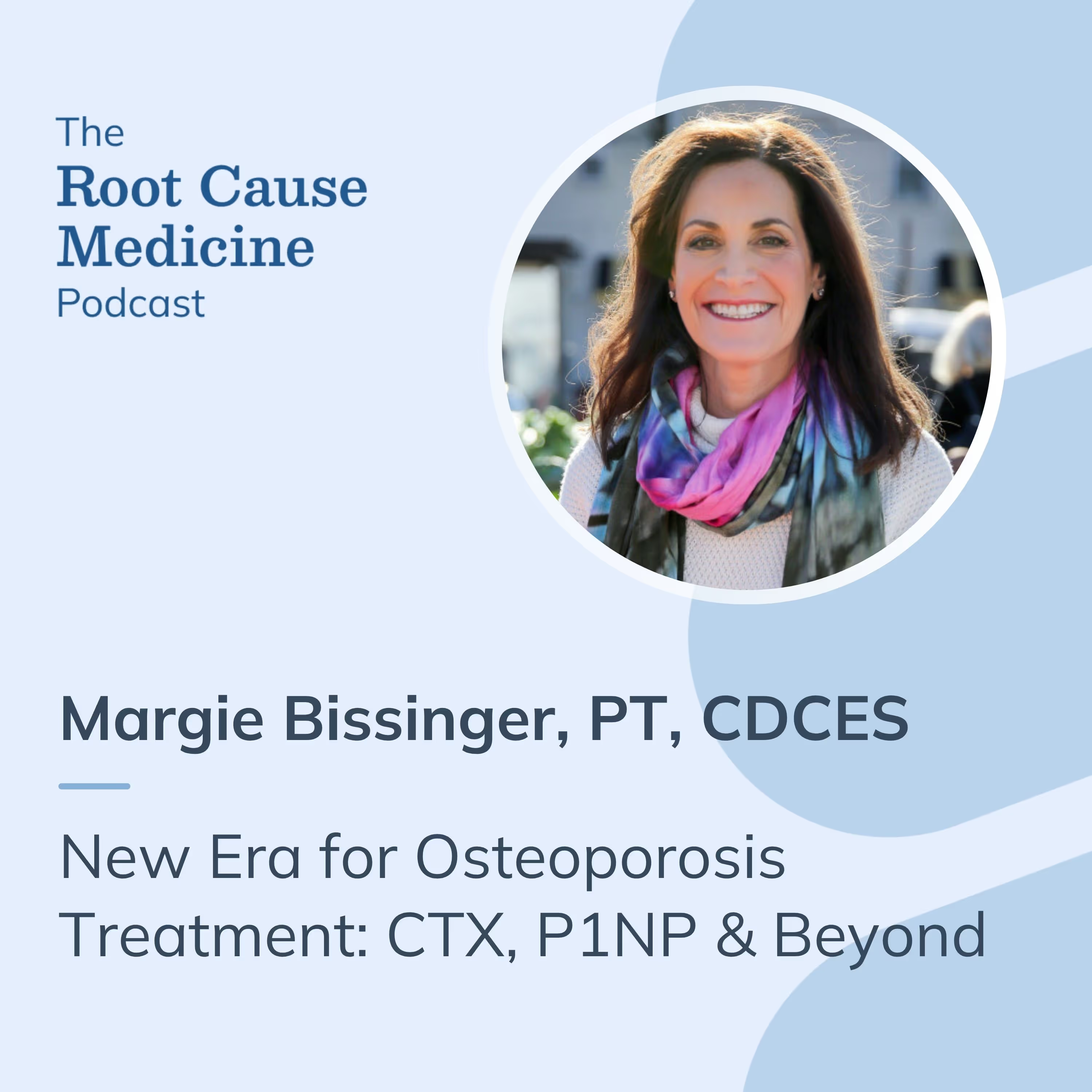
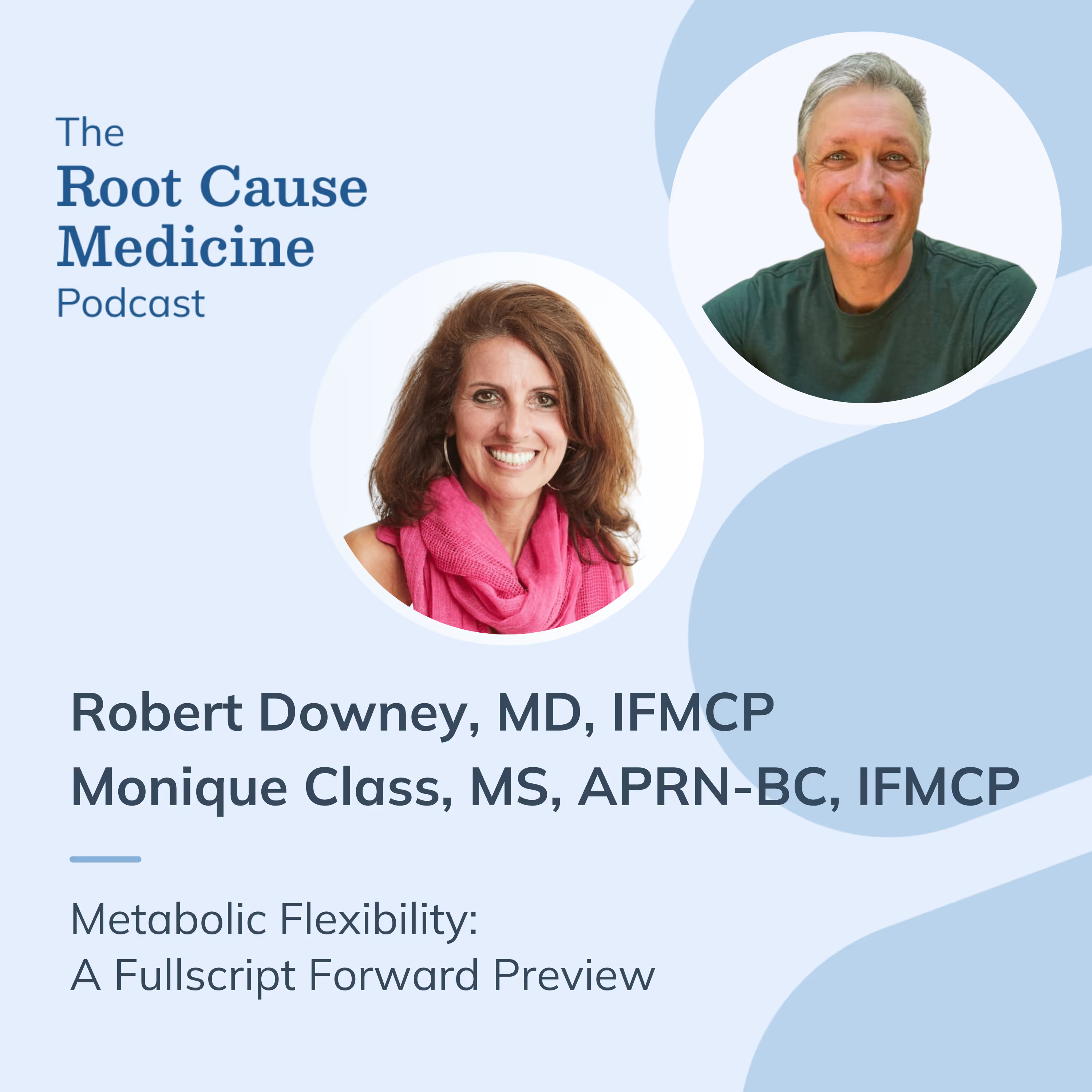
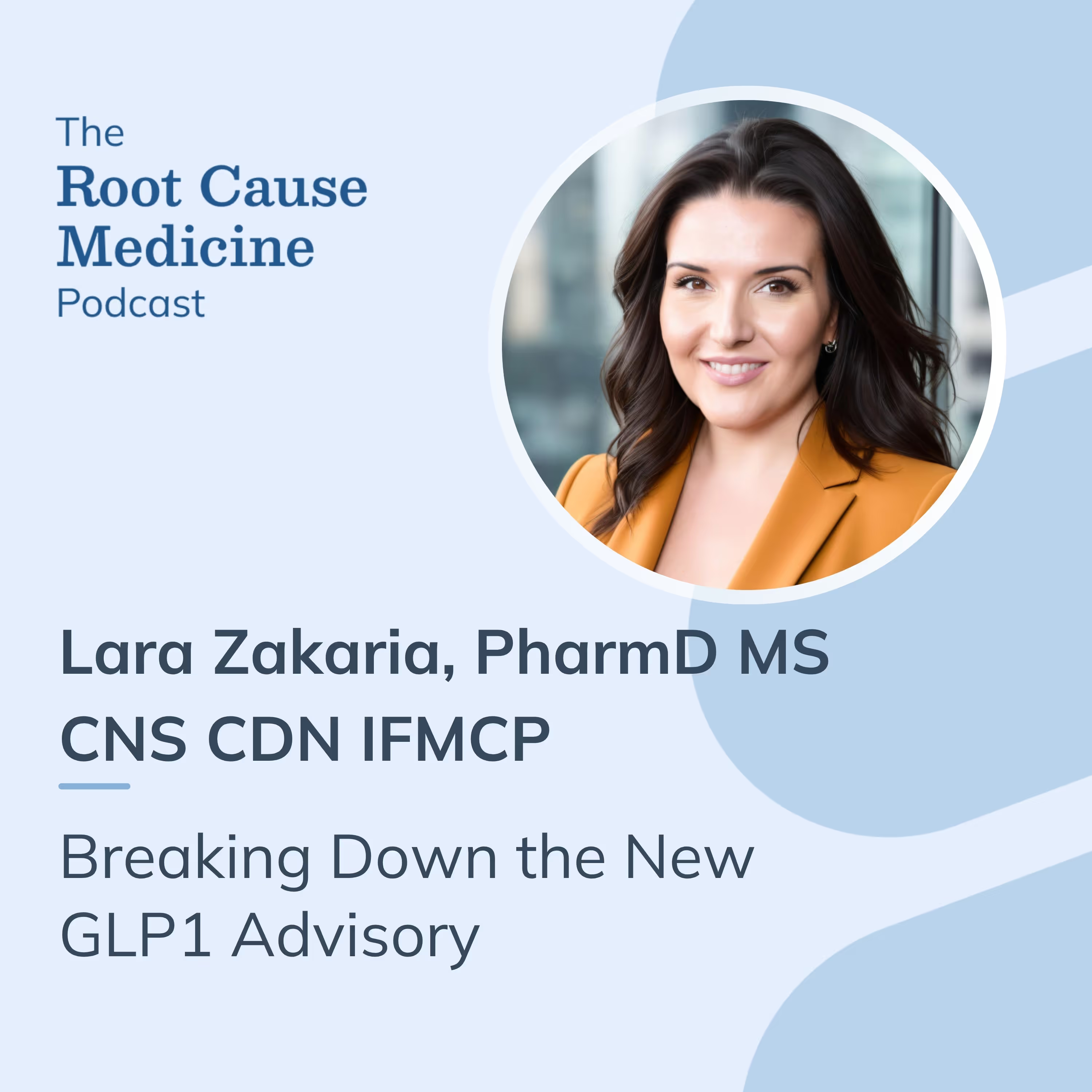
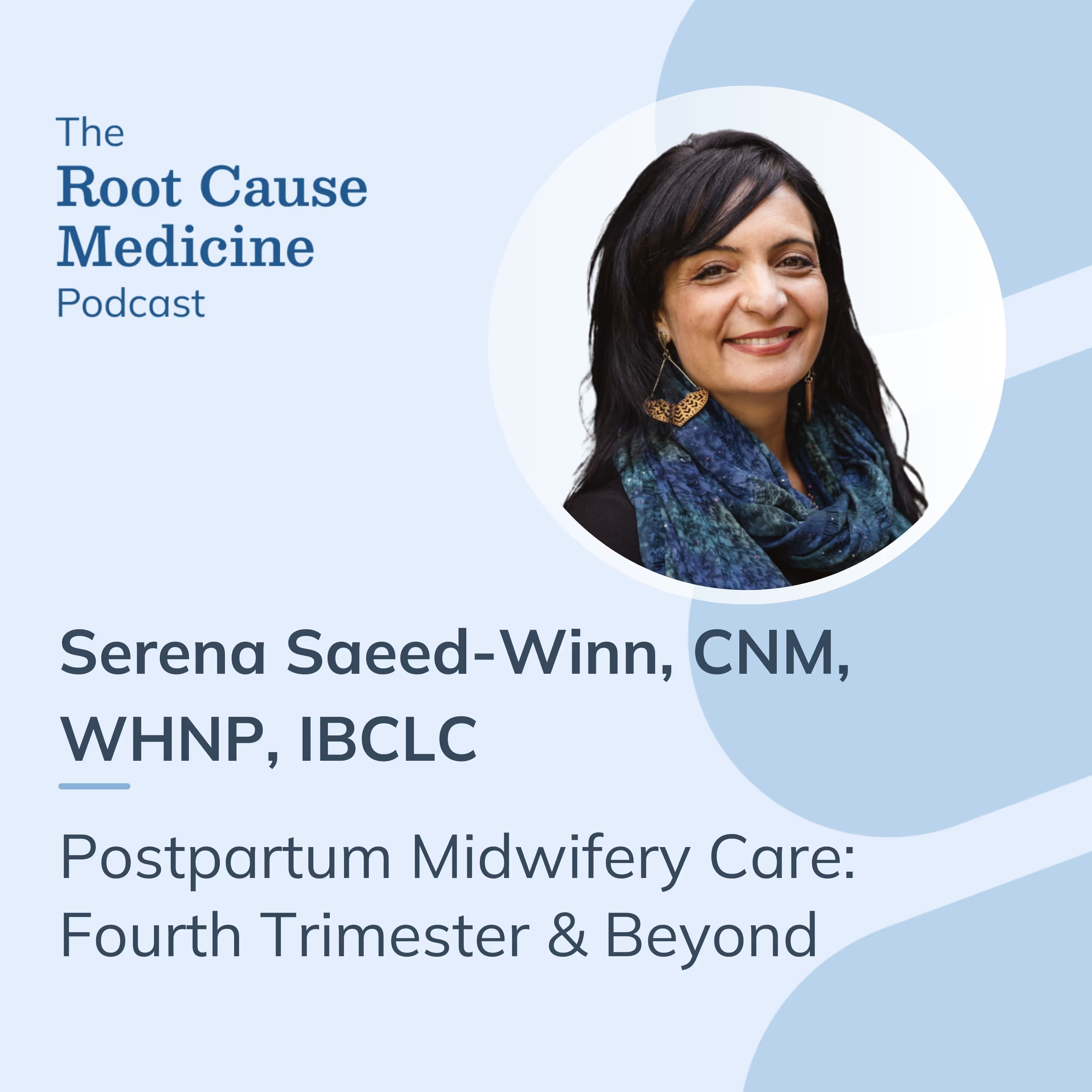


%201.svg)



